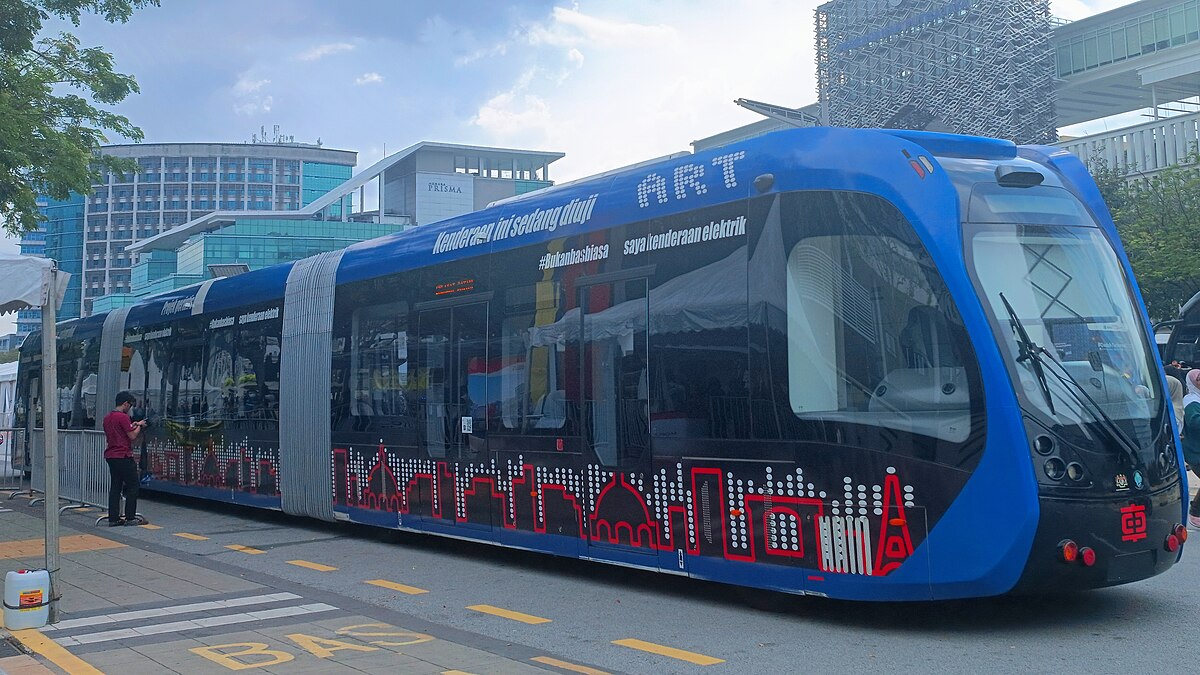Welcome to the future! Public transportation is evolving so rapidly that it feels as if travel options are changing faster than ever thought possible. New ride options are abundant, and everything is being done to provide convenience. In many parts of the country, affordable housing and new communities are being created near transit loading stations.
Automation and cutting-edge technology are at the forefront of the public transportation revolution. The benefits of automation are manifold, with one of the most significant being the assurance of punctuality, operational efficiency and cost reduction. Disaggregation, however, is the real game changer.
Disaggregation in a transit system provides flexibility for various new transportation options. It is different from a ride-sharing or taxi service—the new options are much different. Some of the most prominent changes occurring now are reflected in the examples of innovative transit projects described here.
A new type of innovative autonomous transportation technology will be deployed soon in San Jose and East Contra Costa County, California. It is a personal vehicle that will autonomously move in dedicated lanes to transport up to four passengers directly to their destination with no stops.
These new types of individual transport vehicles promise to significantly reduce travel time. They are large enough to accommodate luggage and even wheelchairs. Because they do not have trunks or hoods, they have no wasted space. People can soon summon a personal vehicle through an app or select one at a transit hub. It will then travel along a dedicated lane that runs parallel to roadways. It will also provide a new and unique public transportation option. The California project will be delivered through a public-private partnership engagement.
Autonomous Rail Transit (ART) systems are becoming common. It provides an automated, safe and convenient travel option that riders appreciate. Transit officials appreciate it because it is less costly and offers the benefits of rail transit by using existing roadways. One way to think of an ART system is that it is a train that travels on rubber wheels. The track is not a rail but an automated driving system that follows a set route. The cost is significantly less because it eliminates the need for new rail infrastructure. While it operates like a bus system, it carries more passengers and has advanced stabilizing technology, making the ride smoother.
The city of Honolulu in Hawaii is constructing the country’s first fully autonomous elevated rail network. The new rail transit system will be an all-electric system that is driverless. The final projected cost is more than $5 billion, and the final segments of the new transit option will begin passenger service in 2025.
A Gwinnett County pilot project in Georgia will test an innovative micro-transit system. The transit system will offer residents on-demand rides via a small shuttle or van. By using smaller vehicles, this type of transit system can adapt to real-time demand and optimize routes, leading to shorter wait times and more direct journeys for passengers. During the initial phase of the test, four buses will be used, each transporting as many as 12 passengers. With a cost estimate of $1.3 billion, the transit option will be available later this year. The plan is to roll out the new ride option in stages over three years to test and refine the system before a broader deployment.
A $3.6 billion project to extend the Chicago Transit Authority’s Red Line is expected to issue a request for proposals later this year after work is completed to demolish structures and relocate utilities in the path of the planned extension. The project will extend the line by 5.6 miles and construct four new stations. Work is planned for late 2025. The extension project will provide new transportation options for residents in an underserved community and provide access to jobs, education, healthcare and destinations.
A project estimated to cost between $75 million and $85 million in Minneapolis will consolidate two existing bus routes and deliver a new route that will be faster with fewer stops. The project will include the construction of comfortable, weather-resistant bus shelters with screens that provide real-time travel information. Passengers can pay before boarding, and bus service will be more frequent. The project is currently in the planning stage but will move to the engineering phase in 2024. Construction is planned for 2026.
The Los Angeles County Metropolitan Transportation Authority will launch a $7.9 billion expansion project soon. The 9.5-mile expansion effort of light rail will also include constructing a maintenance and storage facility and four new stations, three of which will be underground. The project will be complex, with 3 miles of new underground route and a half-mile aerial light rail. The project is in the design and planning phase, but the final environmental assessment is completed, so solicitation documents for a project manager are expected soon. After a project manager is selected, construction solicitations will follow.
Now is the time to get positioned for these types of projects because hundreds more are in the planning stages and will launch soon.
Photo by angys













